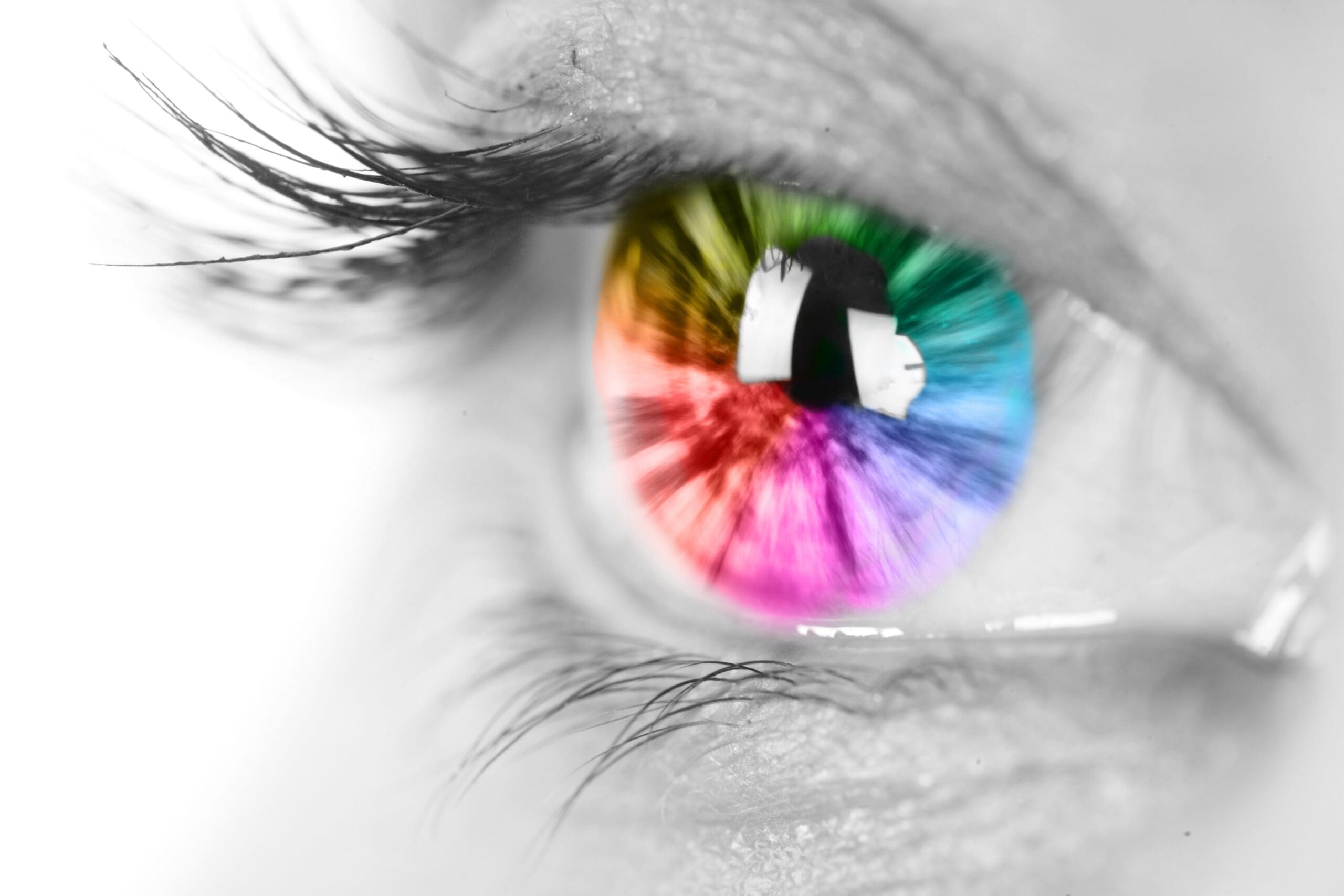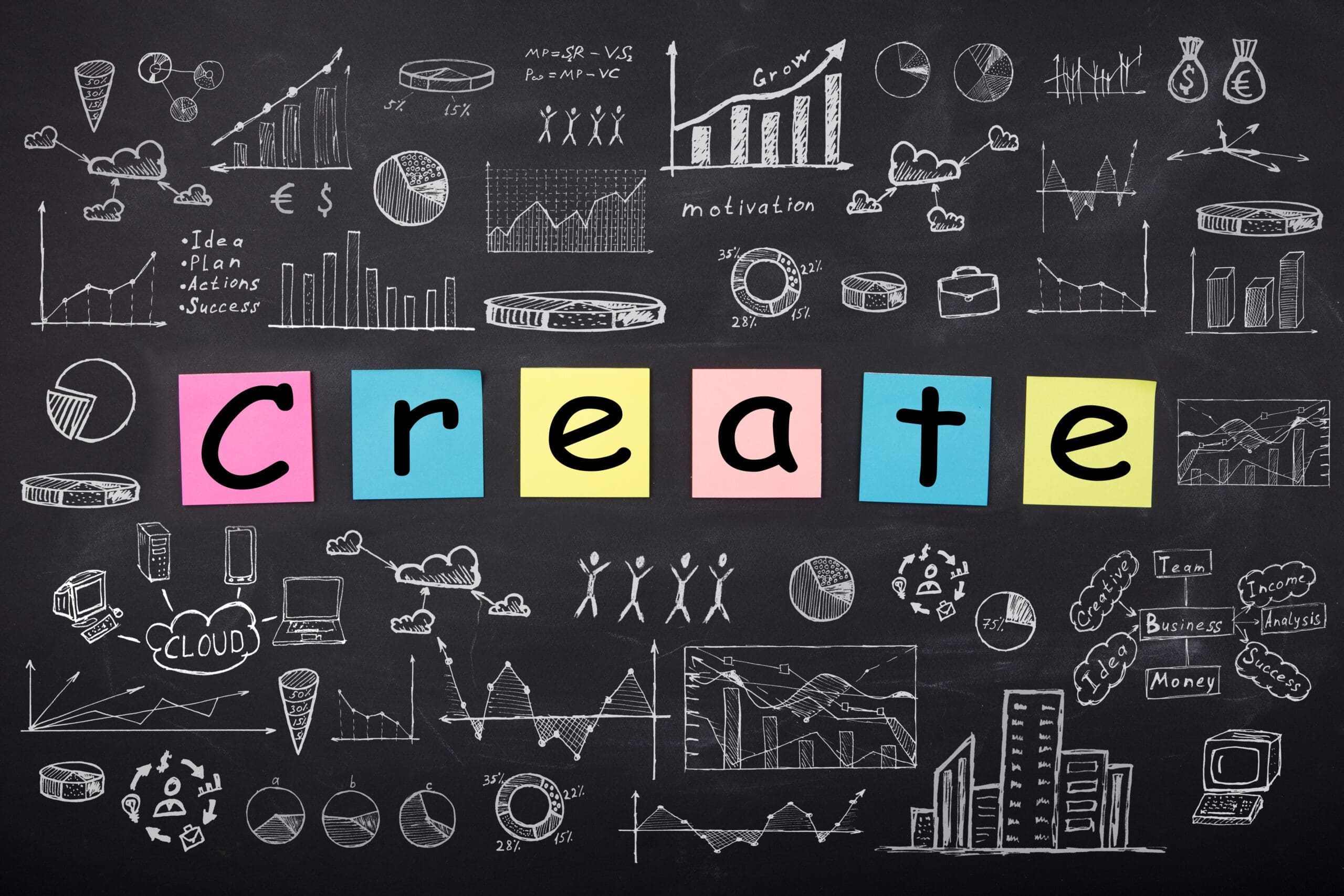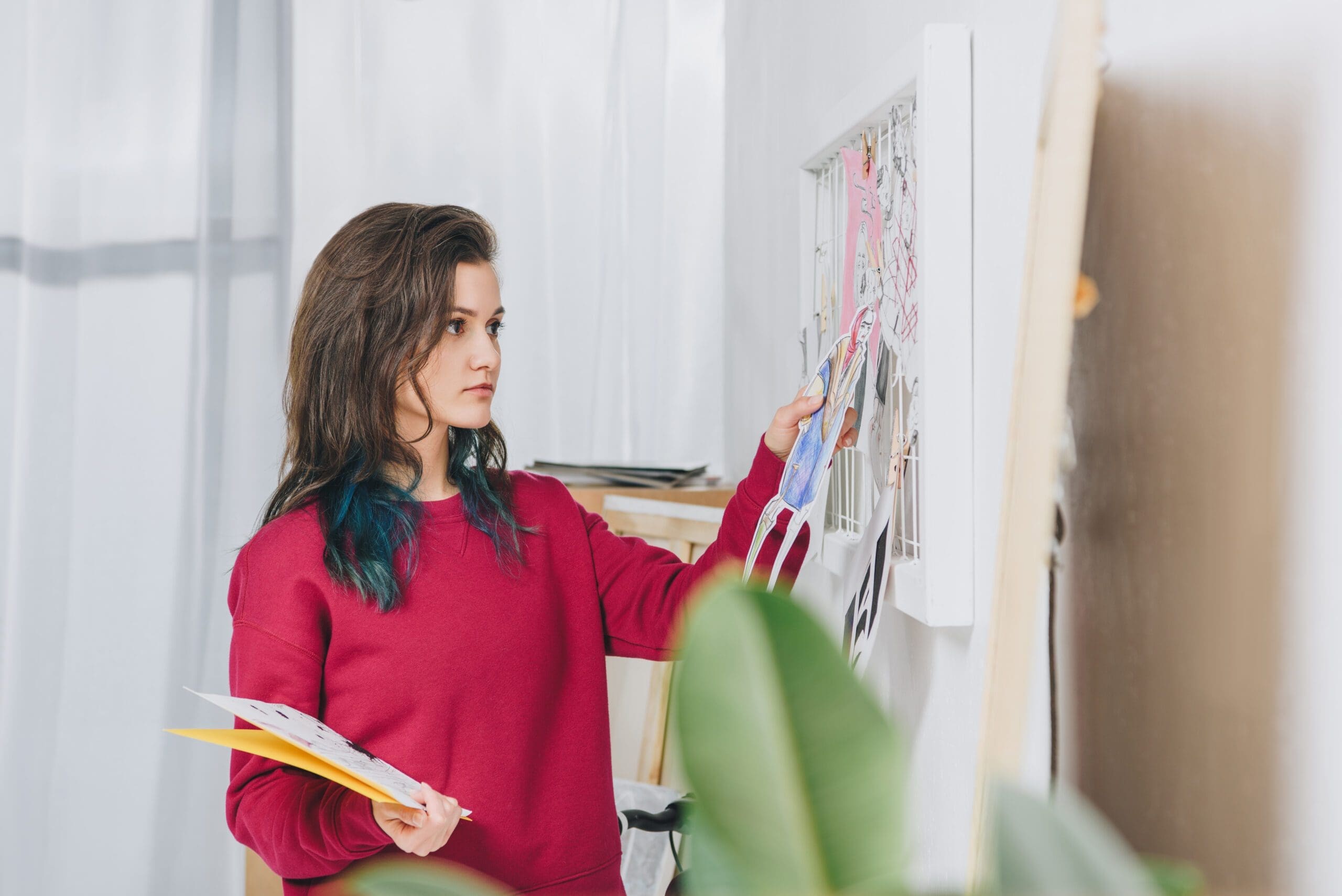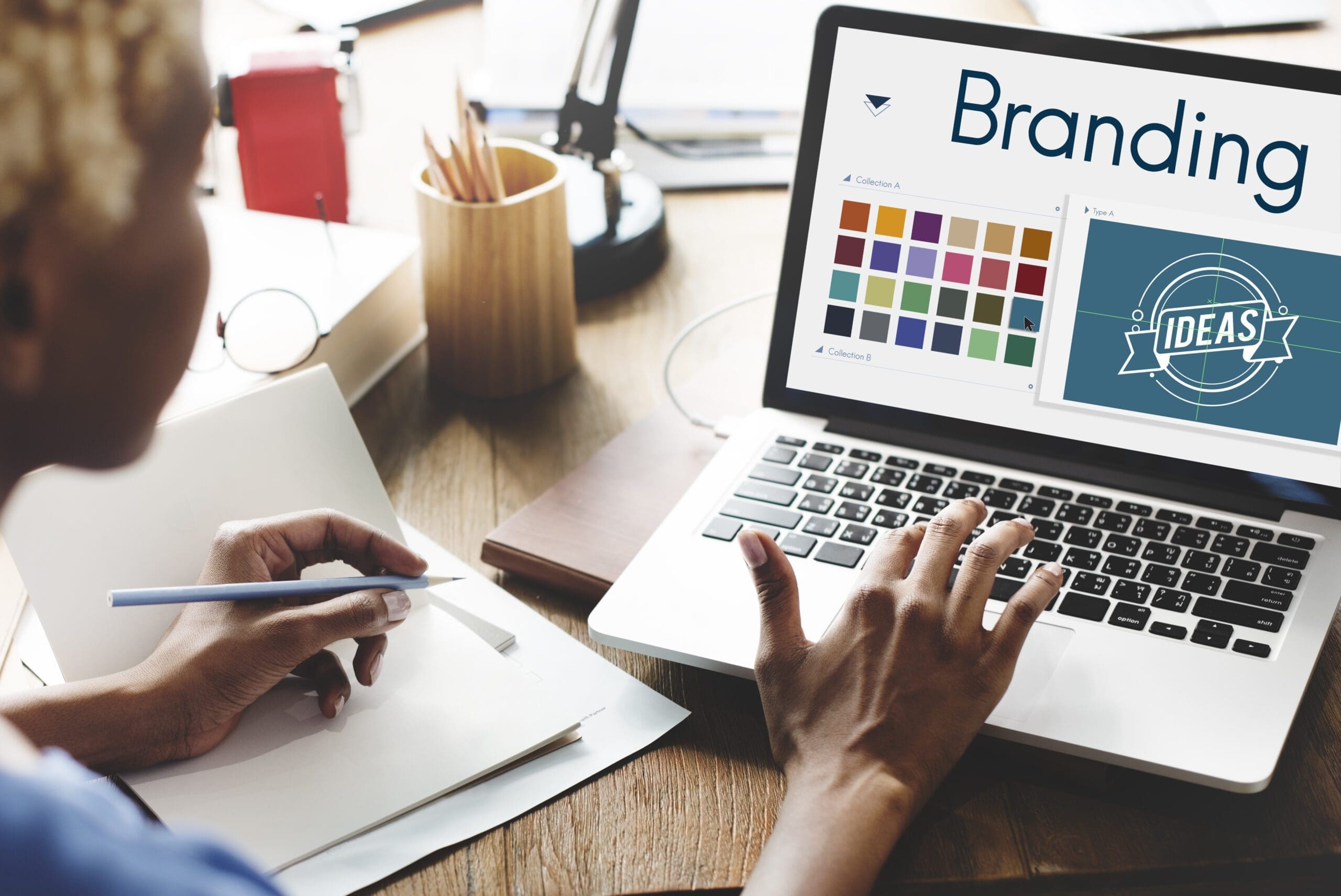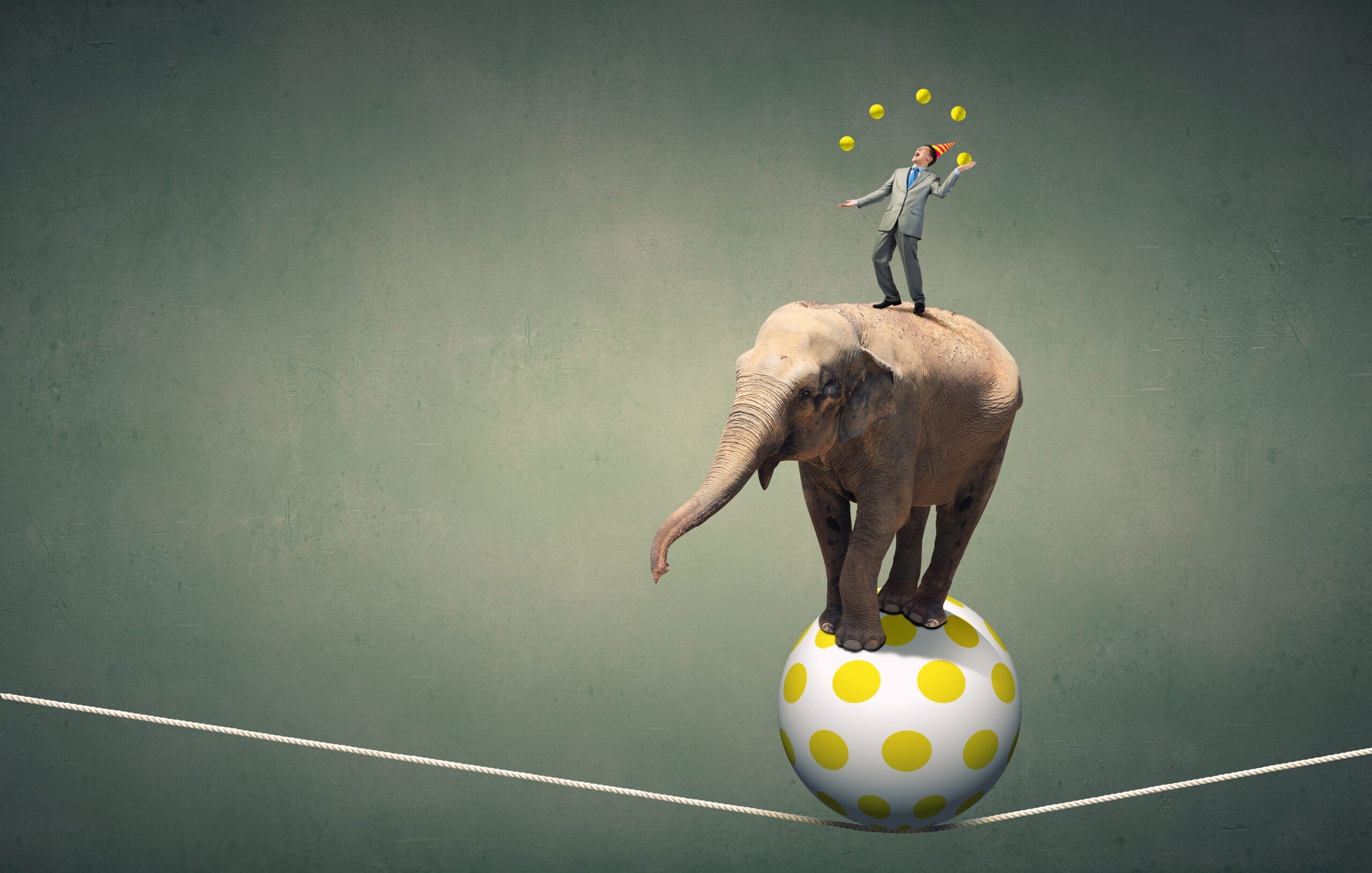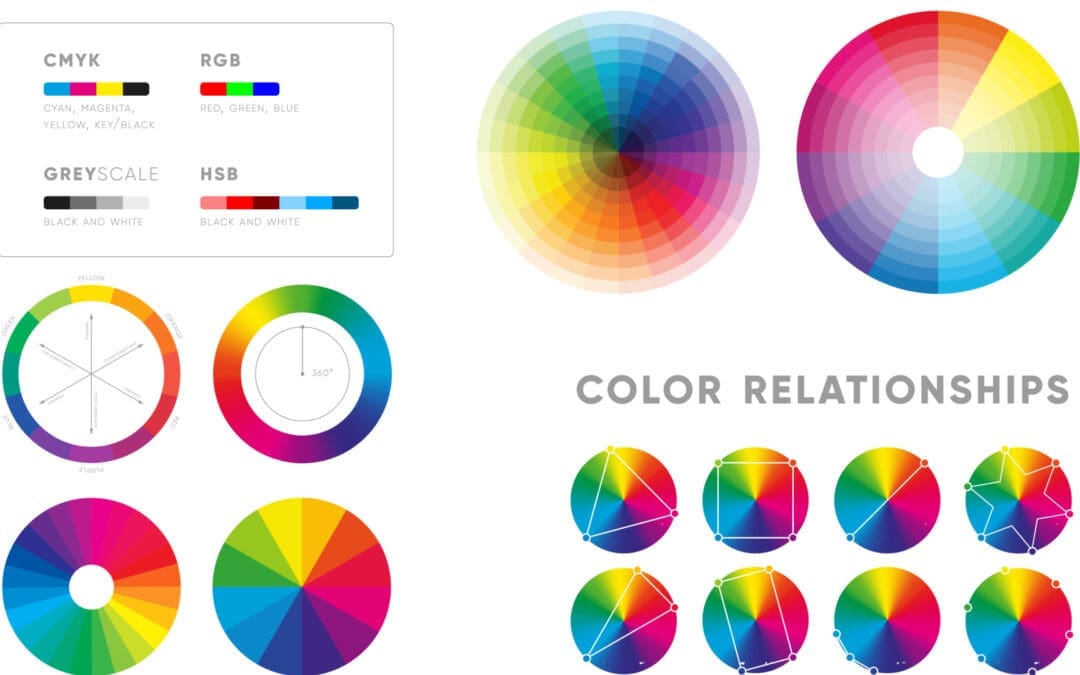Picture this: You’re an artist, standing in front of your canvas, brush in hand. The world is full of color, and you’ve got the power to bring it all together in one perfect stroke. But what if that canvas isn’t just a piece of cloth stretched over a frame? What if that canvas is your business? And that perfect stroke? Well, that’s your logo.
Art logo design is like painting on an entirely different kind of canvas. Instead of paint, you’re using your creativity and business acumen. Instead of a frame, you’re working within the dimensions of your brand. And instead of hanging your finished piece in a gallery, you’re plastering it everywhere – from your website to your social media profiles to the very products or services you offer.
In the business world, a logo isn’t just a pretty picture. It’s the face of your brand, the first thing people see when they encounter your company.
A good logo can set you apart from competitors, communicate your brand’s personality, and build trust with your audience. It’s like the signature at the bottom of a painting – small but significant, a testament to the artist’s identity and dedication.
So grab your metaphorical brushes, folks. We’re about to flip the canvas and turn your art into a successful logo. Ready to get started? Let’s dive right in!
Understanding Art Logo Design: More Than Just Aesthetic Appeal
Art logo design is a fascinating fusion of creativity and commerce. It’s where the abstract beauty of art meets the concrete realities of business. But what exactly is an art logo, and why does it matter in the business world?
An art logo is a unique visual representation of your brand. It’s not just a pretty picture; it’s a powerful tool that can communicate your brand’s personality, values, and essence at a glance.
Whether it’s a simplistic line drawing or a complex illustration, your art logo is the first impression people get of your brand. It’s like the appetizer at a fancy restaurant – small but impactful, setting the tone for the rest of the meal (or, in this case, the customer’s interaction with your brand).
However, creating your own art logo is akin to walking a tightrope. On one side, you have the freedom to express your artistic vision. On the other, you need to ensure that your logo aligns with your brand identity and resonates with your target market.
It’s about finding that perfect balance between aesthetic appeal and strategic relevance.
So, what makes a successful art logo? Here are some key elements based on my research:
Uniqueness
Your art logo must stand out from the crowd. It should be distinct and different from your competitors’ logos. Remember, your logo is a visual ambassador for your brand, so make sure it’s original and memorable. As a small business, looking at competitors’ logos to figure out what your target audience likes is essential. Then, use those insights to create an art logo that accurately reflects your brand identity and values.
Simplicity
Less is often more when it comes to logo design. A simple logo is versatile, easy to remember, and works well across various mediums, from your website to social media accounts. Keep your design uncomplicated and to the point, and avoid adding too many details. There’s a fine line between an effective art logo and a cluttered mess, so make sure your design is as simple and clean as possible.
Legibility
When creating an art logo, keep legibility in mind. Your logo should be instantly recognizable even when scaled down or seen from a distance. To achieve this, use clear fonts and images that are easy to understand. Take advantage of negative space to create a visual hierarchy and draw the eye to the most critical elements.
Flexibility
Art logos should be flexible, allowing you to adapt them across various mediums and contexts. Think of it like a master template – each piece should have the same basic components but with enough room to tweak colors, fonts, and styles to fit different scenarios. This ensures that your logo looks consistently good no matter where it’s displayed.
Consistency
Consistency is key when it comes to an art logo. Every time you use your design, make sure that the colors, fonts, and images are all in sync. This will help create a unified brand identity across different platforms and ensure that people recognize your logo wherever they see it. Consistent usage of your art logo will also help build trust with your target market over time.
Relevance
Your logo must reflect your brand’s personality and resonate with your target audience. For example, a playful, colorful logo might be a great fit if your business is all about fun and creativity. A sleek, minimalist design might be better if your branding is more professional and serious.
Timelessness
While it’s important for your logo to feel contemporary, it should also be timeless. Avoid jumping on design trends that may quickly become outdated. Instead, focus on creating a logo that will stay relevant even as styles and tastes change over the years.
Transforming your artwork into a successful logo is a challenge, no doubt. It requires a keen understanding of your brand, your audience, and the principles of design. But when done right, an art logo can become a powerful asset in building a successful business.
So, are you ready to let those creative juices flow and create an art logo that turns heads and captures hearts? Let’s dive into the process!
Getting Creative Juices Flowing: Finding Inspiration
Ah, inspiration. It’s like that elusive piece of chocolate cake in the fridge – you know it’s there, but you just can’t seem to find it. And when it comes to art logo design, finding inspiration is like the cherry on top of that cake. It’s what gets your creative juices flowing and turns your ideas into a tangible, successful art logo.
So, where do you find this magical source of creativity? Well, I’m glad you asked!
Artists find inspiration in the most unexpected places.
I don’t design logos personally at Fusion Marketing, as SEO takes up most of my time. (And Mark and John have to do SOMETHING, right?!) But I, too, am an artist, and I find inspiration in the last place you’d expect more often than not. Like that random graffiti wall I passed by on my way to the grocery store or the swirling patterns in my morning latte. Or even in the chaos of my kids’ bedroom (yes, there’s art even in the mess, folks!).
But if you’re looking for more concrete sources of inspiration, here are some great business ideas to help spark your creativity:
Online Art Galleries
These are like treasure troves of inspiration. You can explore different styles, mediums, and techniques from artists worldwide. Plus, you can do it all from the comfort of your own home. That’s about as cool as it gets, right?
Brand Logo Galleries
These are great resources for finding branding inspiration. It’s a great way to find out what your competitors are up to and better understand how to create a successful logo that resonates with your target market.
Mood Boards
Mood boards are a great way to collect ideas and inspiration in one place. You can create them digitally or physically, and they come in handy when trying to find the right visual direction for your art logo.
Social Media Platforms
Instagram, Pinterest, and Behance are filled with stunning artwork and innovative designs. Just be sure to not fall into the rabbit hole of endless scrolling (trust me, I’ve been there! At least twice… today!).
Museums/Galleries In The Real World
I know it seems like a lot to deal with people these days. As someone who is afforded the luxury of working from home, literally in the middle of nowhere, A trip to your local gallery or museum is really refreshing. Seeing artwork in person can be inspirational, and you never know what ideas will come up!
Small Businesses
Look at successful businesses in your target market for small business ideas. What does their branding look like? What elements stand out? This can give you a sense of what resonates with your potential customers.
Nature
Sometimes, stepping away from the screen and going for a walk in the park can do wonders for your creativity. Nature is full of beautiful patterns and colors that can inspire your art logo design.
Design Books and Magazines
Design books and magazines are packed with design trends, case studies, and expert insights. They’re like the trick up your sleeve waiting to get your creative juices flowing.
Your Artwork
And last but not least, don’t forget to look at your own artwork for inspiration when creating an art logo. Knowing the story behind your artwork can help inform the overall design of your logo and help make it a reflection of your brand.
Remember, research is your best friend when it comes to finding inspiration. It’s like the compass that guides you in the right direction. So, don’t be afraid to dive deep into online searches, explore different art forms, and even step outside your comfort zone.
Ready to start creating your own art logo? Grab your tools, put on your artist hat, and let’s get those creative juices flowing!
Creating Your Own Art Logo: A Comprehensive Guide
So, you’ve got your creative juices flowing and are ready to dive into the wonderful world of art logo design. Yay!
But where do you start?
And what tools do you need?
And how do you turn your brilliant idea into a successful art logo?
Well, my friend, you’re in luck because I’m about to break it down for you. Get ready to roll up your sleeves, and let’s get to work!
Step 1: Define Your Brand
Before you even pick up a pen (or a mouse), you need to have a clear understanding of your brand.
What is your business about?
What are your values?
Who is your target audience?
The answers to these questions will guide your design process and ensure your logo aligns with your brand identity.
Step 2: Find Inspiration
Remember those great business ideas we talked about earlier? Now’s the time to put them to good use! Look at successful art businesses, browse online art galleries, and explore social media platforms for inspiration. Just remember to keep your brand in mind while you’re at it.
Step 3: Sketch Your Ideas
Now that your creative juices are flowing, it’s time to start sketching. Don’t worry about making it perfect just yet – this is all about getting your ideas down on paper. Feel free to experiment with different shapes, styles, and design elements.
Step 4: Refine Your Design
Once you’ve got a few sketches, choose your favorite one and start refining it. This is where graphic design comes into play. Consider things like color, typography, and balance.
Remember, your logo needs to be simple yet impactful, so less is often more.
Step 5: Choose the Right Tools
There are a ton of design tools out there, but not all of them are created equal.
If you’re new to design, online tools like Canva or Adobe Spark can be a great place to start. They’re user-friendly and come with a variety of templates to help you along. If you’re more experienced, software like Adobe Illustrator or Photoshop might be a better fit.
Step 6: Save Your Logo in the Right Format
This is crucial, folks! You want to make sure your logo looks good no matter where it’s displayed, so saving it in the proper file format is critical. Vector formats like EPS or PDF are best as they can be scaled without losing quality.
For more on file types, click here!
Step 7: Test Your Logo
Finally, test your logo on different platforms (like your website or social media accounts along with t-shirts and pens) and in various sizes to make sure it works well everywhere.
If you plan to use your full business name in your logo, it’s a good idea to test it out on smaller screens and products to make sure it’s still legible.
And voila! You’ve just created your own art logo. Give yourself a pat on the back, do a little happy dance, and get ready to show off your brand new logo to the world. You’ve earned it!
Remember, creating an art logo is a journey, not a sprint. It takes time, patience, and a whole lot of creativity. But with the right tools and a dash of perseverance, you’ll have a logo that not only looks great but also tells your brand’s story in a unique and compelling way. So, what are you waiting for? Let’s start creating!
If You’re Not Running an Art Business, Know When to Call in the Pros
Imagine you’re trying to design your own art logo for your social media pages and packaging. You’ve got your paintbrush (or mouse) in hand, ready to create the next Mona Lisa of logos. But then you realize – there’s more to creating an art logo than just splashing some colors on a canvas, and you aren’t running a successful art business! You sell food, not art.
Suddenly, your simple art task for your own business starts feeling like trying to solve a Rubik’s cube while juggling flaming torches. And let’s be honest unless you’re a circus performer or a puzzle genius, that’s not exactly an easy feat.
So, what do you do when your small business idea starts feeling like a mammoth task? Well, you call in the pros, of course. And by pros, I mean a marketing company or professional designer.
Understanding Your Limits
Running your own business is like being a superhero – you’re expected to do it all. But even superheroes have limits (I’m looking at you, Kryptonite). So, if you spend more time wrestling with branding than actually running your business, it might be time to hang up your cape and call in some backup to assist with your business plan.
Decoding Marketing Jargon
Marketing can sometimes feel like trying to understand alien language. SEO, PPC, CTR – it’s like alphabet soup! But fear not, because a good marketing company can help decode this jargon and turn it into a language you can understand (and no, it’s not Klingon).
The Advantages of Hiring a Marketing Company
Hiring a marketing company is like hiring a personal trainer for your business plan. Sure, you could try to get fit on your own, but having an expert to guide you is a great business idea that can make the process of grabbing the attention of your target customer a whole lot easier (and less painful!). They can provide valuable insights, develop a comprehensive marketing strategy, and even help you start selling your products and define success for your business.
What to Look for in a Marketing Company
Choosing a marketing company is like picking out the perfect t-shirt. You want something that fits well, reflects your style, and doesn’t cost an arm and a leg. Look for a company that understands your business ideas, has a proven track record, and fits within your budget.
When DIY Doesn’t Cut It Anymore
Sometimes, you just have to admit when DIY isn’t cutting it anymore. If you’re spending more time figuring out social media algorithms or how to maximize traffic to your own website than actually running your business, or if your content marketing efforts are as effective as a chocolate teapot, it might be time to hire a marketing company.
So, the next time your small business idea starts feeling like a Herculean task, remember – you don’t have to do it all. There’s no shame in asking for help targeting potential customers in your market. After all, even superheroes need a sidekick every now and then. And in the business world, that sidekick helps you put money in your pocket.
Juggling Too Many Projects? It’s Okay to Pass Some to the Pros!
So, we’ve journeyed through the labyrinth of running a small business, from wrestling with art logo design to trying to decipher marketing jargon that might as well be written in ancient hieroglyphics. We’ve learned that running a successful business, whether a brick-and-mortar store or an online business for your side hustle, isn’t about doing everything yourself. Remember, even Picasso had an art dealer!
We’ve understood our limits and recognized the signs when it’s time to pass the baton to a professional marketing company. Delegating doesn’t mean you’re throwing in the towel; it means you’re smart enough to focus on what you do best and let others handle their areas of expertise.
Think of it this way – if your car breaks down, would you try to fix it yourself or call a mechanic? Sure, you could give it a go, but chances are, you’d end up covered in oil, cursing under your breath, and probably still with a broken car. Now replace ‘car’ with ‘business’ and ‘mechanic’ with ‘marketing company.’ Makes sense, right?
Investing in a marketing company is like investing in a high-quality set of tools for your business. You wouldn’t try to build a house with a butter knife and duct tape, so why attempt to build your brand without the right resources?
And hey, if you’re feeling overwhelmed by the idea of running your own social media accounts, developing an online store, or even just trying to figure out what SEO stands for, remember – you’re not alone. That’s where companies like Fusion Marketing come in.
So, keep those creative juices flowing, continue dreaming up great business ideas, and remember – every successful art gallery, pet-sitting service, or consulting business began with a great idea and the courage to ask for help when needed.
